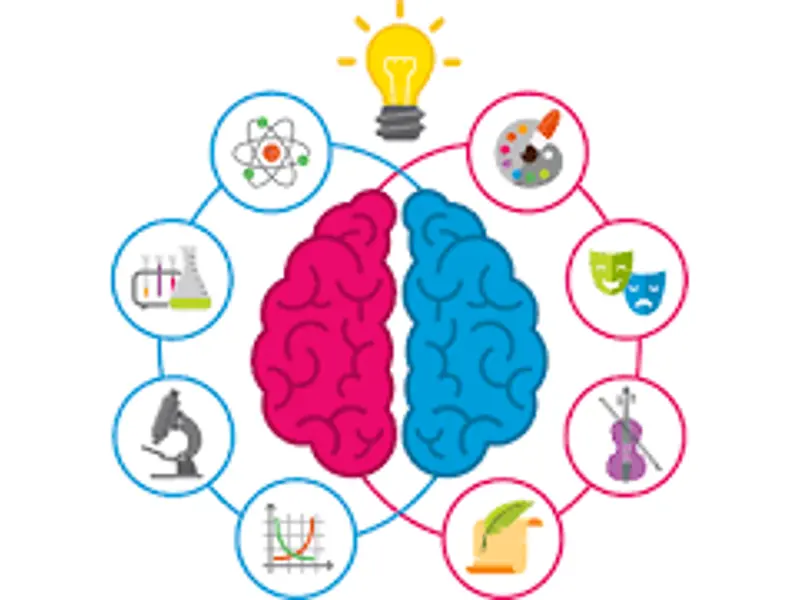Medcast news and blog
Menopause and Depression – who and why?
In this workshop we discuss gender differences for depression, noting that women have a higher incidence of depression than men Depression associated with hormonal changes is commonly seen in women – premenstrual dysphoric disorder, postnatal depression, and perimenopausal mood changes are issues regularly dealt with in a general practice setting.
READ ON
Dr Brachman discusses the development of what is referred to as a new class of drugs that have been shown in her research to prevent PTSD and depression in mice.

Like most of us, I’m not very keen on the idea of aging - not when it applies to me or the people I love. Not aging the way most people think of it anyway.

When I returned to work from maternity leave, I was struggling with weight issues and general poor health following a tough flu season. My mood also plummeted from over-work and family responsibilities.

In the country town where I grew up there was a GP who got very drunk at the golf club on a regular basis. His antics were a source of community amusement, and he had a lot of patients with similar alcohol misuse problems – mostly because he never talked to them about their drinking habits.

Men and women are different from each other. What a profound statement that is! Also one that could get me into a lot of trouble, particularly if it led to a discussion about whether that difference was genetically or culturally determined. I’m going to say it anyway, because I’m thinking about depression and suicide and the ways in which men and women express their distress differently.

Are you having difficulty getting your head around the use of technology in mental health care? The idea that computer programs might interact with humans in a humanlike way has been around for decades but ideas about implementation are getting more and more sophisticated.

I was called in by my Head of Learning and Teaching to discuss my ‘workload’ recently. My first thought was “oh no, they will add more to my workload as they’ve discovered that I’ve been working under my contracted hours”.

A friend of mine came to have coffee with me recently. She was very anxious and upset about her husband’s upcoming prostatectomy. He had developed a fairly aggressive cancer that needed immediate action.

Our professional identities play out in tangible ways such as our language, clothes and everyday behaviour. Our identity is the external representation of our inner feelings, beliefs, experiences and values. We all have a number of identities which reflect our day to day experiences and the environments within which we operate.
